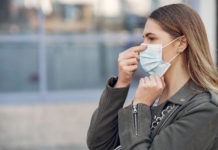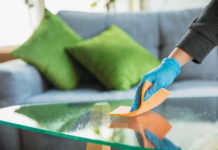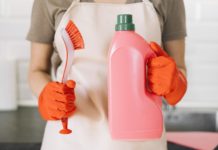Cleaning our homes is one of the few unavoidable, mandatory tasks we must do on a daily basis. But are we doing it right?
Many times, people may use the wrong products or techniques to clean various surfaces around the house, which actually increases the risk for bacteria and microbe development. Furthermore, many of us still don’t know how often we should clean some key-items where bacteria could lurk; I mean, when was the last time you cleaned your shower walls? Because science says you should do it every single day.
Whether you’re a clean maniac or not, cleaning your home properly is essential for you and your family’s long-term health.
Today, our guide reveals 3 tips few people know about how (and when) they should clean every room in their houses.
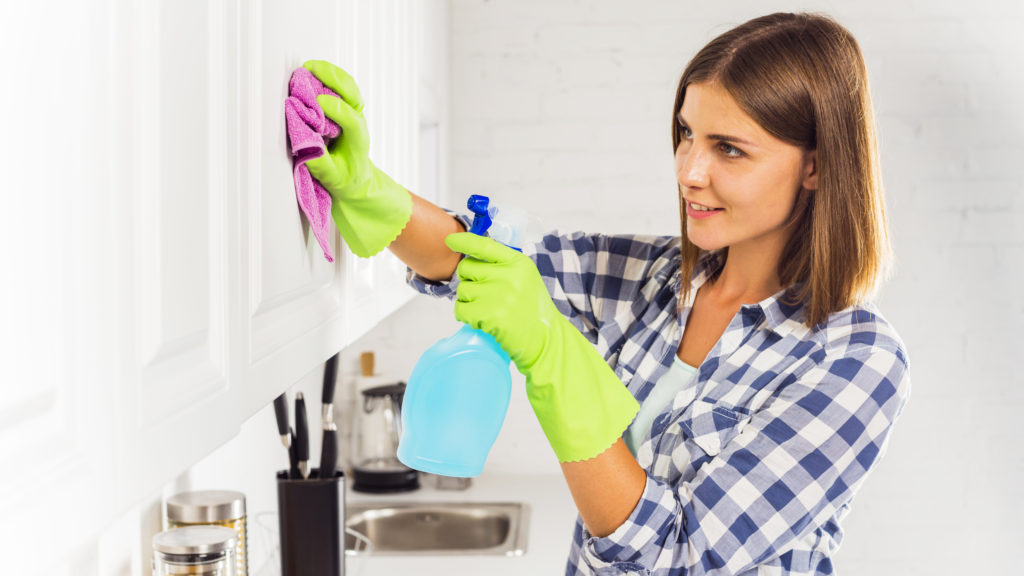
In the kitchen
Aside from being a delicious culinary oasis, your kitchen can also be home to some of the most dangerous bacteria and microbes. Think about it: this is the only place where you manage raw meat, fresh fruit and veggies from the grocery store and meal leftovers.
Let’s have a look at some of the most important kitchen cleaning habits:
Sponges. As you wash multiple dirty dishes a day, your sponge can hold thousands of germs and bacteria. There are three main ways to keep it clean:
- Place your sponge in your dishwasher with a high temperature and dry cycle on.
- Simply wet your sponge with water and put it in the microwave for 2 minutes.
- Squeeze your sponge out very well and allow it to air dry in a clean place.
Dish towels. Although you may only use them to wipe clean dishes or your own hands, cloth towels can also gather dangerous microorganisms over time. Make a habit out of washing them with your machine using hot water as often as possible.
Countertops. You’re probably already wiping the countertop after each cooking session, but it’s equally important to sanitize it too. Depending on the surface, you can use bleach or a friendlier alternative that contains alcohol. Why? Well, aside from the obvious COVID-19 risks, sanitizing countertops also eliminates Campylobacter, a food bacteria which causes diarrhea.
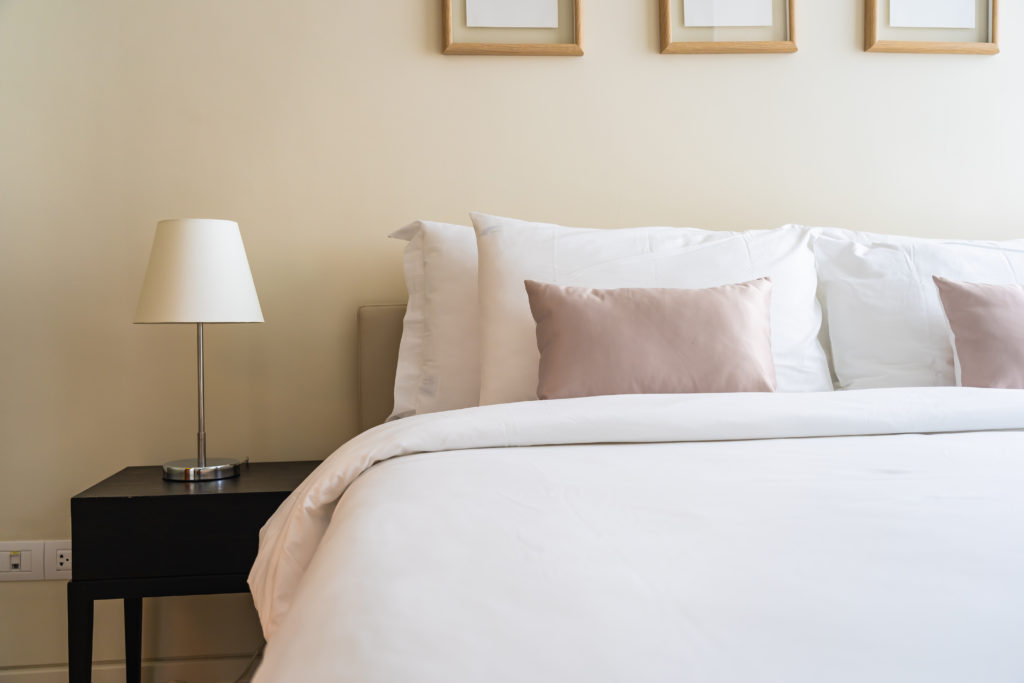
In the bedroom
Are you sleeping well? So could be dust mites hidden in your bed mattress, unless you clean it properly!
This type of surface is the ideal spot for dust, dust mites and pet dander to get just as comfortable as you at night. The result? Poor air quality which affects your nighttime sleep and even allergic reactions in some cases.
Dust mites are tiny bugs that like to hide in mattresses; they produce waste and can lay plenty of eggs. However, they’re not the only threat lurking in your bed. Your own dead skin cells or fungi can also turn any bedroom into an unhealthy sleeping spot.
If you already have dust mites or just want to prevent the risk, here are a few basic tips:
- Always use zippered plastic mattresses and pillow covers.
- Wash all the bedding in hot water once a week.
- Vacuum any uncovered mattress as often as possible.
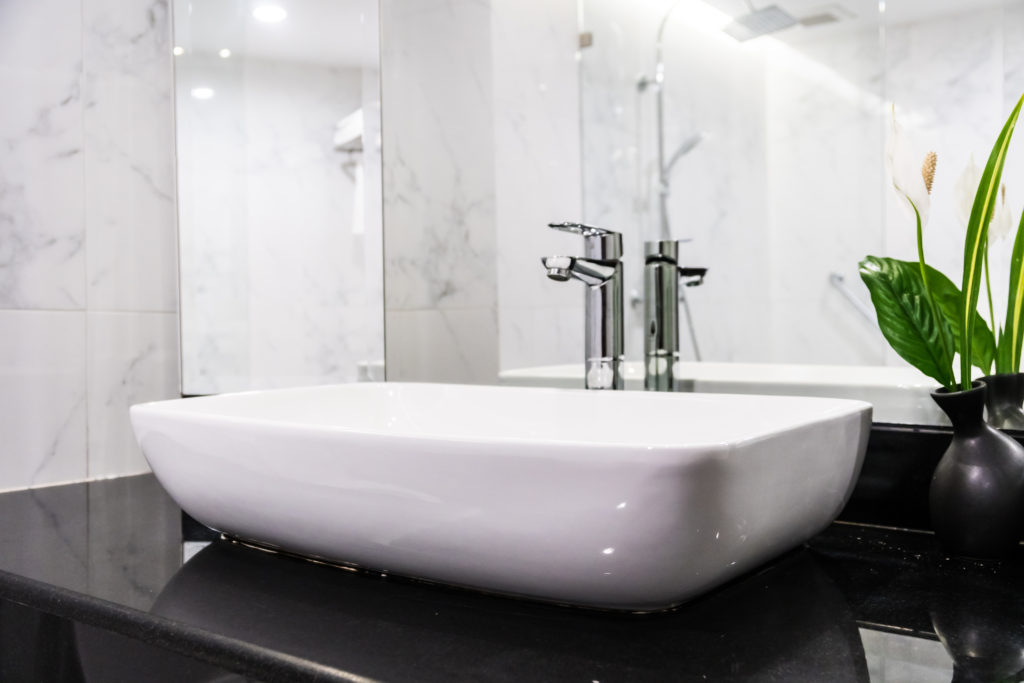
In the bathroom
Unlike our ancestors, we’re privileged enough to own private bathrooms which allow us to stay clean and comfortable. However, this room can also be home to some of the most dangerous pathogens (even if those who use it are perfectly healthy!).
The toilet handle. Any responsible homeowner cleans their toilet frequently, but are we cleaning the toilet handle enough? Probably not.
Science proves that simply touching the flush handle before washing your hands properly makes a perfect spot for dangerous pests. The most common ones are rotavirus or enterococcus, both of which cause severe digestive issues such as diarrhea. Add the new risks for a SARS-CoV-2 infection and you have all the reasons to sanitize your toilet handle more often than ever!
Ideally, you should keep a disinfectant with at least 60% alcohol in your bathroom. Make a habit out of wiping the flush handle at least once a day to prevent any health risks.
Floor to ceiling. Mold can increase the risk for asthma attacks, allergies and watery eyes; unfortunately, it thrives in humid, closed spaces exactly like your bathroom walls. A similar reason of concern is trichophyton, a fungus which causes athlete’s foot and ringworm.
How can you reduce the risk for such fungi? Here are some tips:
- Use cleaning products especially designed to kill fungus and mold.
- Wipe down the shower walls or tub after each showering or bathing session; you can use clean towels or squeegees.
- Empty your wastebasket every single day and throw any soiled tissue away; drastic as it may seem, it’s the only way you can truly prevent germs.
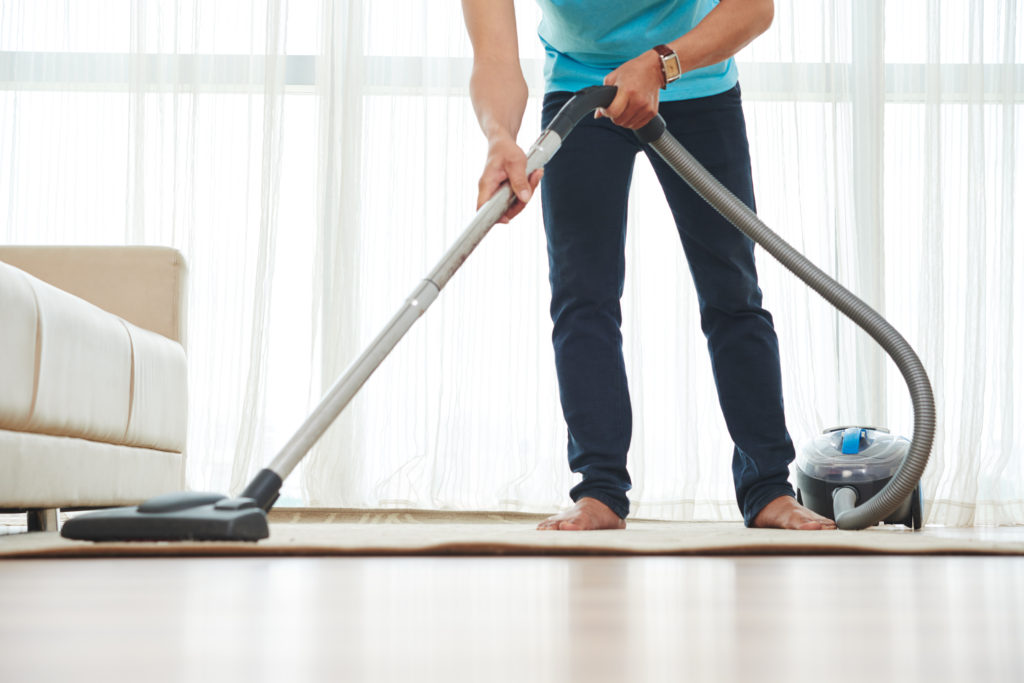
Other common items
Before you go, let’s have a look at a few extra tips on cleaning common surfaces at home:
- Doorknobs. This is definitely one of the most commonly touched item in our homes, which means it can host germs, bacteria and viruses (Coronavirus included!). Ideally, you should clean all doorknobs using an antibacterial cleaner with at least 60% alcohol daily.
- Carpets/rugs. You probably know that carpets must be vacuumed and washed constantly, so here’s something new: carpets that require adhesives and padding for installation emit volatile organic compounds (VOCs), which increase air pollution tremendously; they can cause flu-like symptoms and irritate your eyes, throat and nose. Here’s how to reduce the risks:
1. Open all windows and doors to improve air circulation daily.
2. Vacuum your rugs and carpets as often as possible to eliminate pet dander or dust.
3. Consider getting an air purifier or plenty of house plants to filter toxins emitted by VOCs and other harmful substances/germs.
Air pollution, dust or germs are everywhere around us. Although we can’t avoid everything, we can take action today to live a safer, healthier life in the comfort of our own homes.















